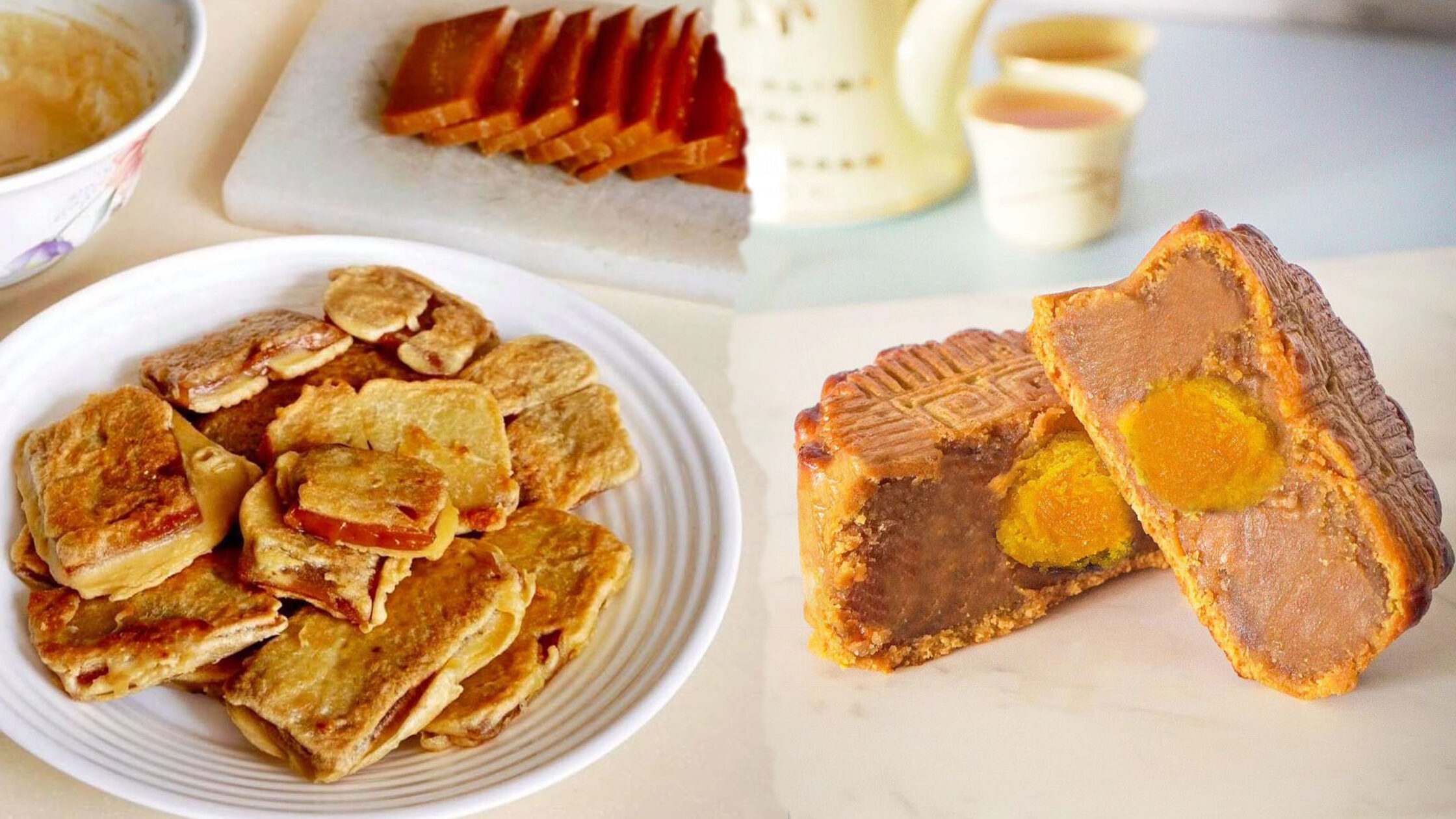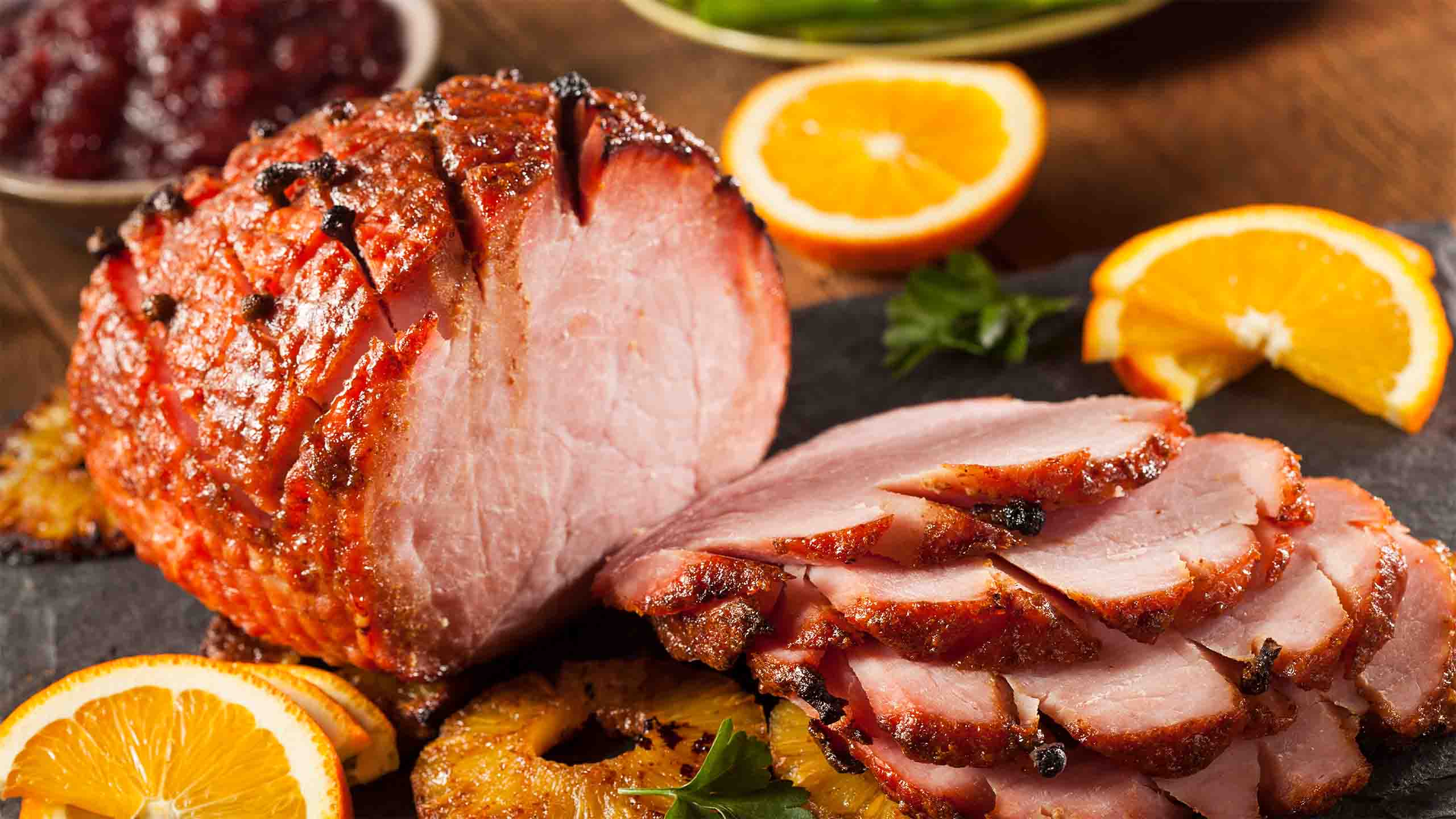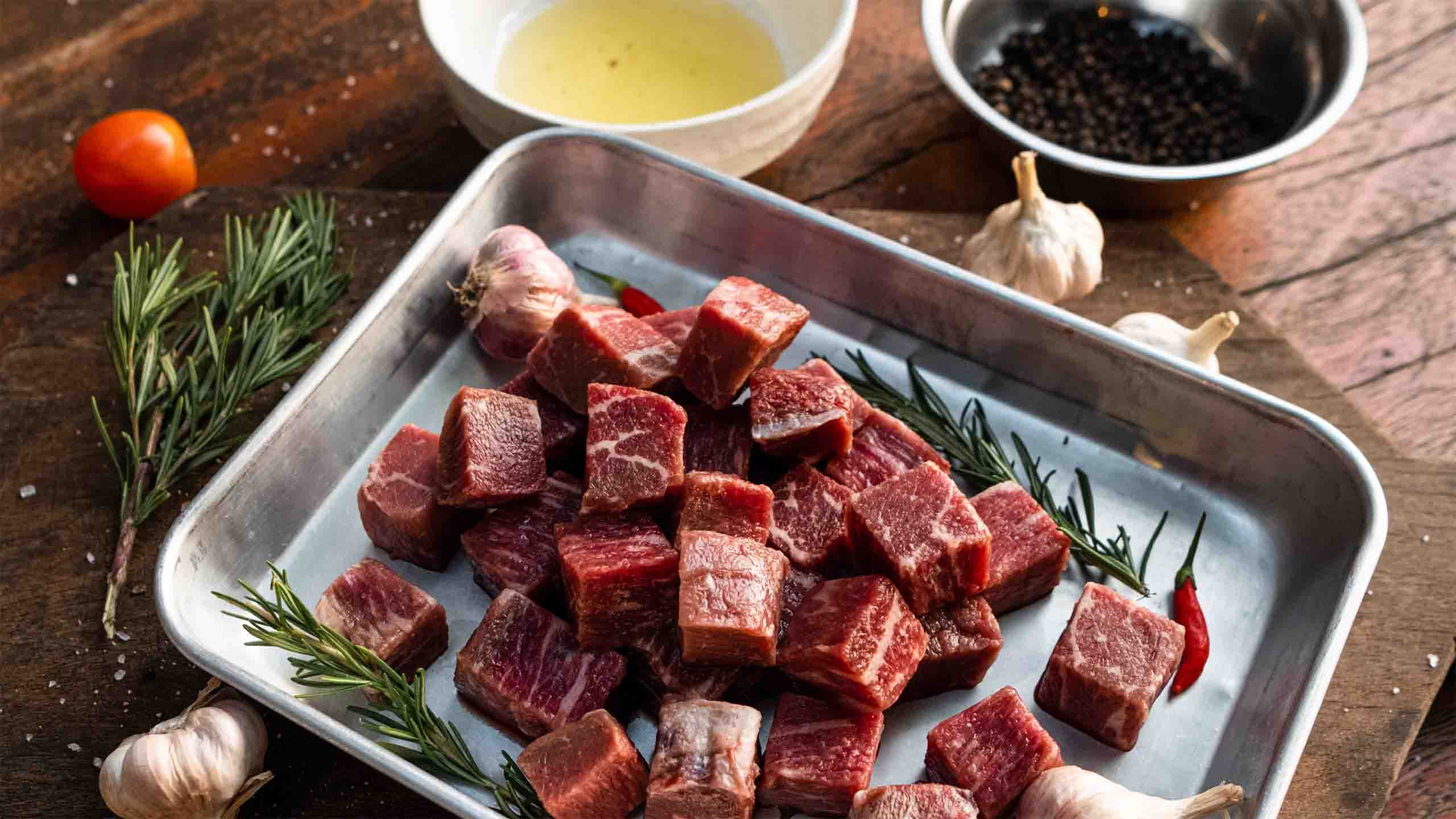8 Traditional Chinese New Year Dishes for an Auspicious Year
Bring in wealth, prosperity, luck, and happiness by preparing these Chinese New Year dishes for your feast!
While most people welcome the start of the year on January 1, people from select parts of Asia celebrate the new year—Chinese New Year, that is—on a different date. Dictated by the waxing and waning of the moon’s phases, this date in the lunar calendar changes every so often.
And in this case, Chinese New Year falls on February 10, 2024.
Chinese New Year is usually celebrated together with family, loved ones, and the true star of every party: food. And lots of it, too. But not just any food will do. There is careful thought and planning that goes into choosing what to serve for the said feast. Each Chinese New Year dish is rich with symbolism and meaning—and is likewise meant to usher in prosperity, wealth, good luck, and happiness for the coming year.
Thus, in the spirit of auspiciousness (and because 8 is a lucky number for the Chinese), we round up 8 must-have Chinese New Year dishes for your family festivities, while elaborating on what each one symbolizes.

1. Tikoy: Family Togetherness and Prosperity
A familiar sight during Chinese New Year, tikoy—nian gao (年糕) in Mandarin—is a quintessential food item in every Chinese-Filipino spread. Made with glutinous rice, which is then ground into flour, and mixed with lard, water, and sugar, the result is a sticky “cake” that comes in a wide variety of flavors. The popular ones, however, include the white tikoy (made with white sugar), brown tikoy (made with brown sugar), and even green pandan or ube.
Aside from its well-known meaning of strong family ties and togetherness due to its sticky nature, its Chinese counterpart sounds like “a higher year,” which helps attract a prosperous year with a higher income and status.
Tikoy can be prepared in many different ways. Usually, most would default to dipping it in beaten eggs and frying it until golden brown. But other people have created a crunchy take by either coating it in breadcrumbs or wrapping it with lumpia wrapper before deep frying.
Order yours from Sweet Taste Bakeshop (@sweettaste.bakeshop).
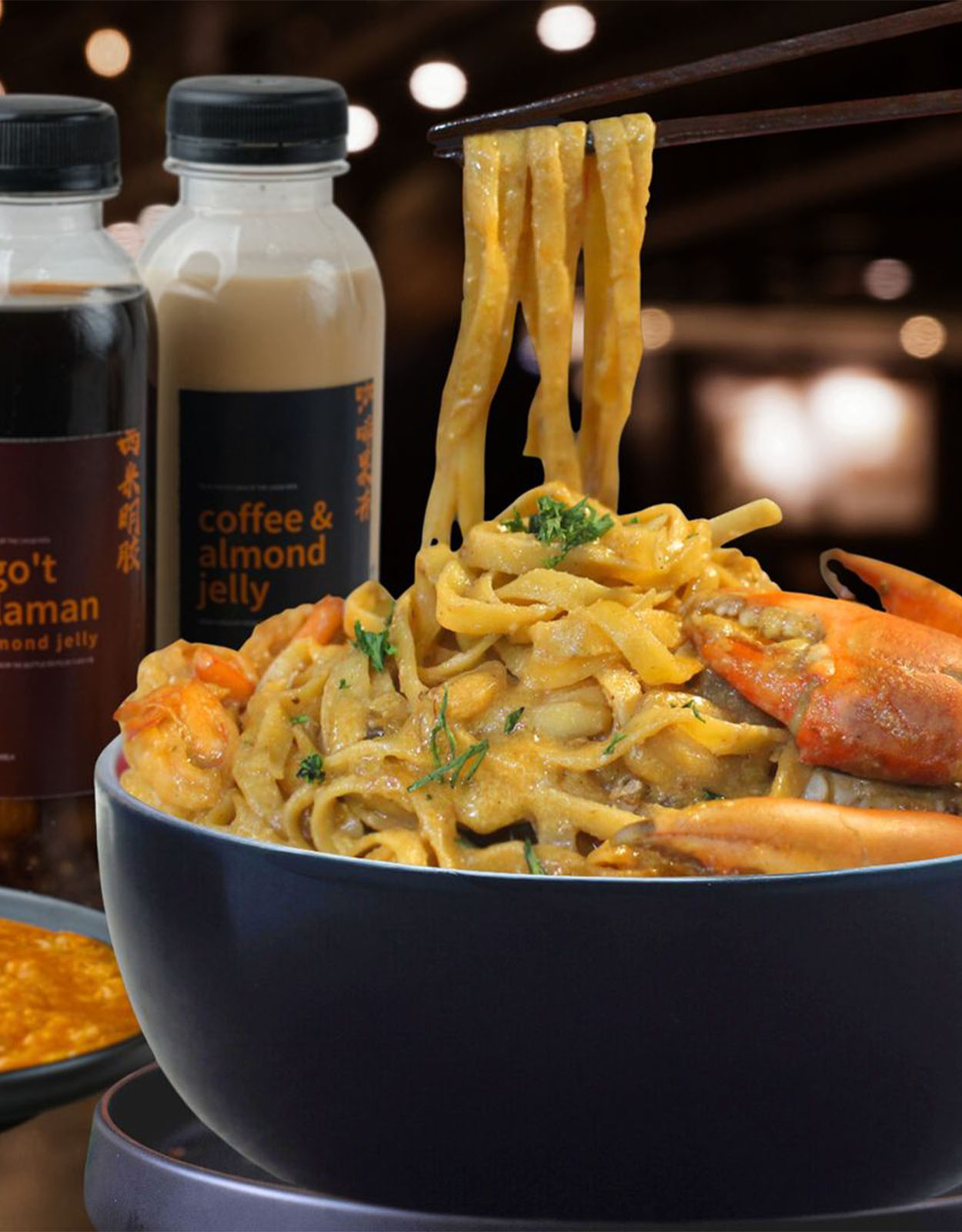
2. Noodles: Long life and Happiness
Noodles are omnipresent in every feast—even on birthdays—as they symbolize long life and happiness. When eating noodles, it is important to note that you’re not supposed to cut them because it’s considered bad luck and as though you’re cutting life short. Instead, just slurp them up!
More often than not, the noodle of choice for Chinese New Year are longevity noodles (popularly known as birthday noodles), but you can easily revert to your favorites like the pancit bihon and pancit canton. You can even opt for Chinese classics like Misua or more indulgent fare like Crab Sotanghon.
Order yours from The Chow Men MNL (IG: @thechowmen.mnl).
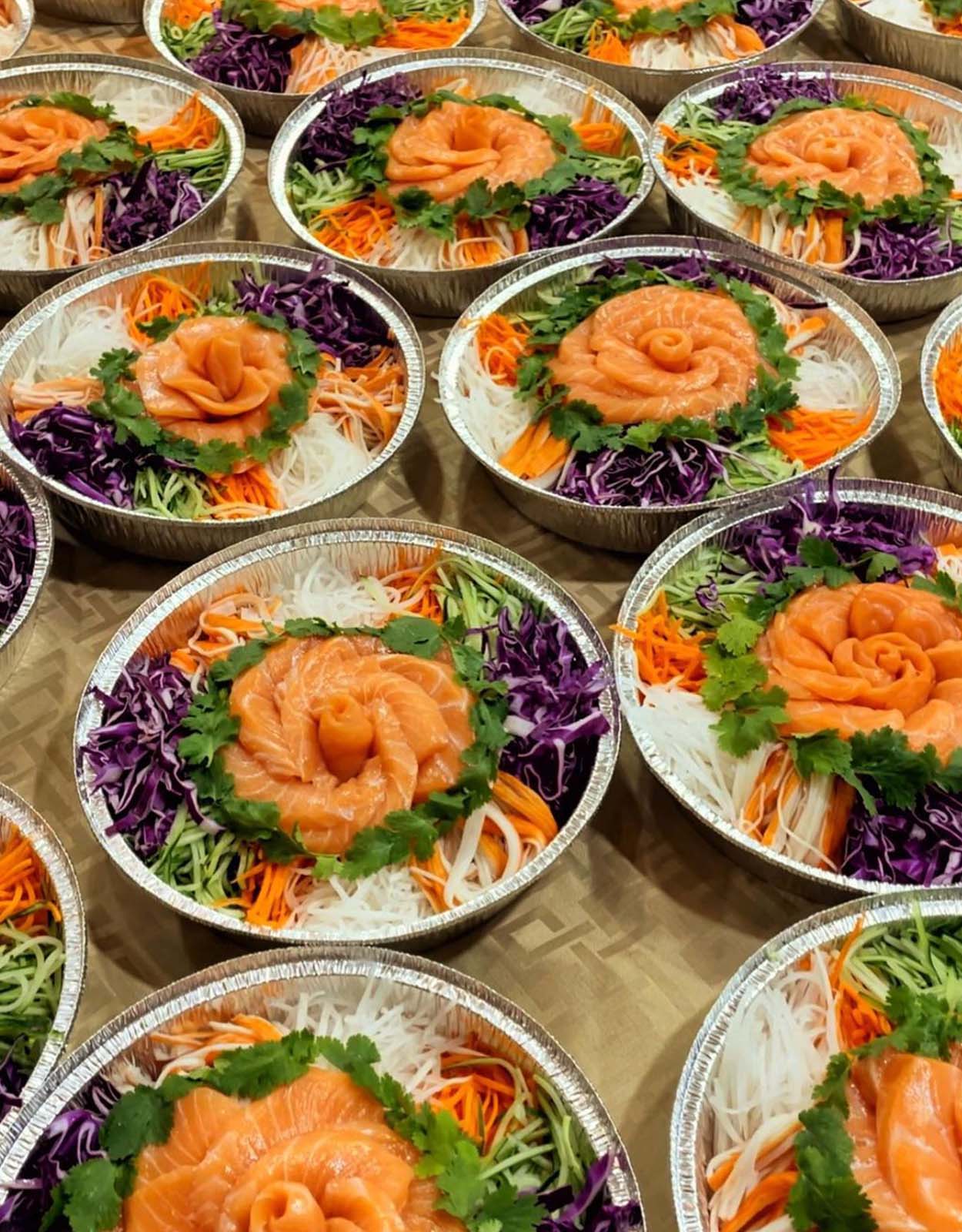
3. Yu Sheng Prosperity Salad: Abundance, Prosperity, and Vigor
A traditional Chinese dish commonly enjoyed in Singapore, Yu Sheng or Yee Sang (“raw fish” in English) is another wordplay that translates to prosperity and abundance. Likewise, it mirrors the Chinese New Year greeting “nian nian you yu” (年年有余), or “may every year be abundant” in English.
As a symbol of abundant luck and happiness, this salad is made with strips of raw fish, mixed with shredded vegetables and a variety of sauces and condiments. Together with your family, the salad is then tossed together as high as it can go, while everyone says their wishes for the year. As for the mess, don’t worry. Some people encourage it, saying that the messier the table, the better.
Order yours from Salmon HQ (IG: @salmon.hq).

4. Whole Fish: Abundance
Aside from appearances, some wordplay is involved in choosing a dish for your Chinese New Year spread. For example, the Chinese word for fish (鱼 yu) sounds like the word for “abundance,” making it an essential menu item.
However, not just any fish will do. Some would even serve catfish—nian yu (鮎魚)—which sounds like “be blessed every year” or “have profit every year” in Chinese. What’s more, to invite wealth and happiness, families serve a whole fish with the head and tail intact to signify a good start and end for the year. Some even believe that you should leave some leftovers on the plate to symbolize surplus.
The best part? You can cook the fish any way you want—steamed, braised, or fried—as long as it’s fresh and not frozen.
Order yours from China Mommy (IG: @chinamommyph).
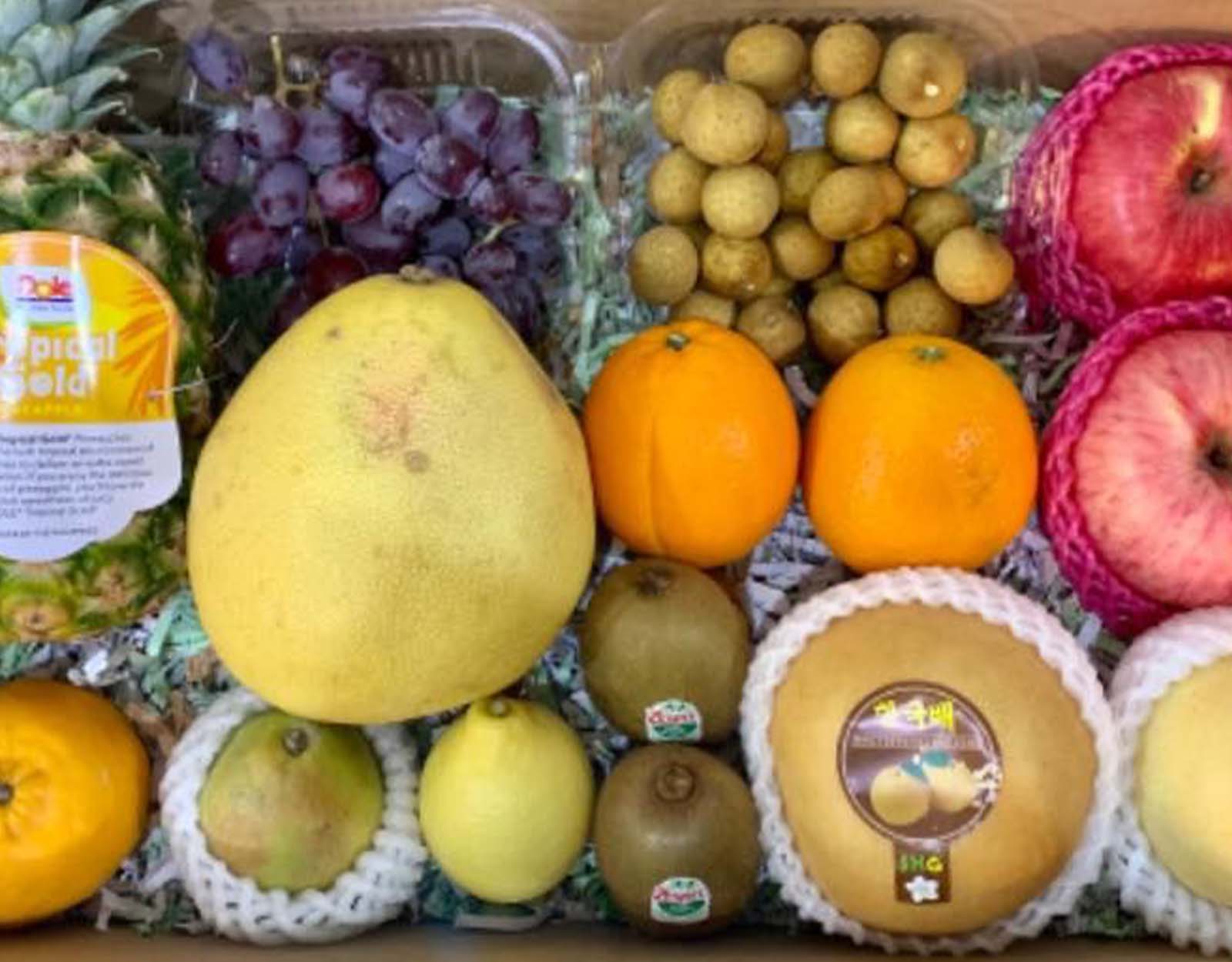
5. Pomelos, Oranges, and Pineapples: Prosperity, Abundance, and Good Luck
An auspicious symbol of togetherness and harmony, round fruits are definitely a must in every Chinese New Year celebration. Whether for gift-giving, an offering to the gods, or even for your personal consumption, it’s good to collect a variety of fruits, as each one comes with its own meaning. These include:
- Oranges: their round shape and gold color represent wealth. Also, orange or cheng (橙) sounds like the Chinese word for “success.”
- Tangerines: these small oranges (or kiat kiat, in Hokkien) are a staple in Chinese rituals for prosperity and good health. Similarly, their color and shape represent wealth, and they are considered lucky fruits.
- Pomelos: the bigger and rounder, the better. Believed to bring good luck, they also symbolize abundance, since the Chinese word for pomelo (柚 you) sounds like “to have.” Thus, according to Chinese tradition, the more pomelos you eat, the more wealth you’ll receive.
- Pineapples: synonymous with wealth and good luck, the Hokkien word for pineapple (ong lai) sounds similar to the phrase “come good fortune”—a very timely way to start the Chinese New Year.
Order yours from Sunshine Fruit Bar (@sunshinefruitbar).

6. Dumplings: Wealth
Mirroring the shape of gold ingots—or ancient Chinese money—from back then, dumplings are a traditional symbol of wealth. In fact, legend says that you can make more money by eating more dumplings on Chinese New Year! But aside from wealth, dumplings are often served because it is believed that luck is symbolically wrapped inside each one of them. No wonder some families make dumplings together as a form of tradition.
Dumplings come with different fillings. There’s the classic combination of ground pork, veggies, and leeks, while there are also meatless options for vegetarians. Likewise, you can enjoy your dumplings in many different ways—be it steamed, fried, or baked. Yum!
Order yours from Tupi Handcrafted Dumplings (@tupi.dumplings).
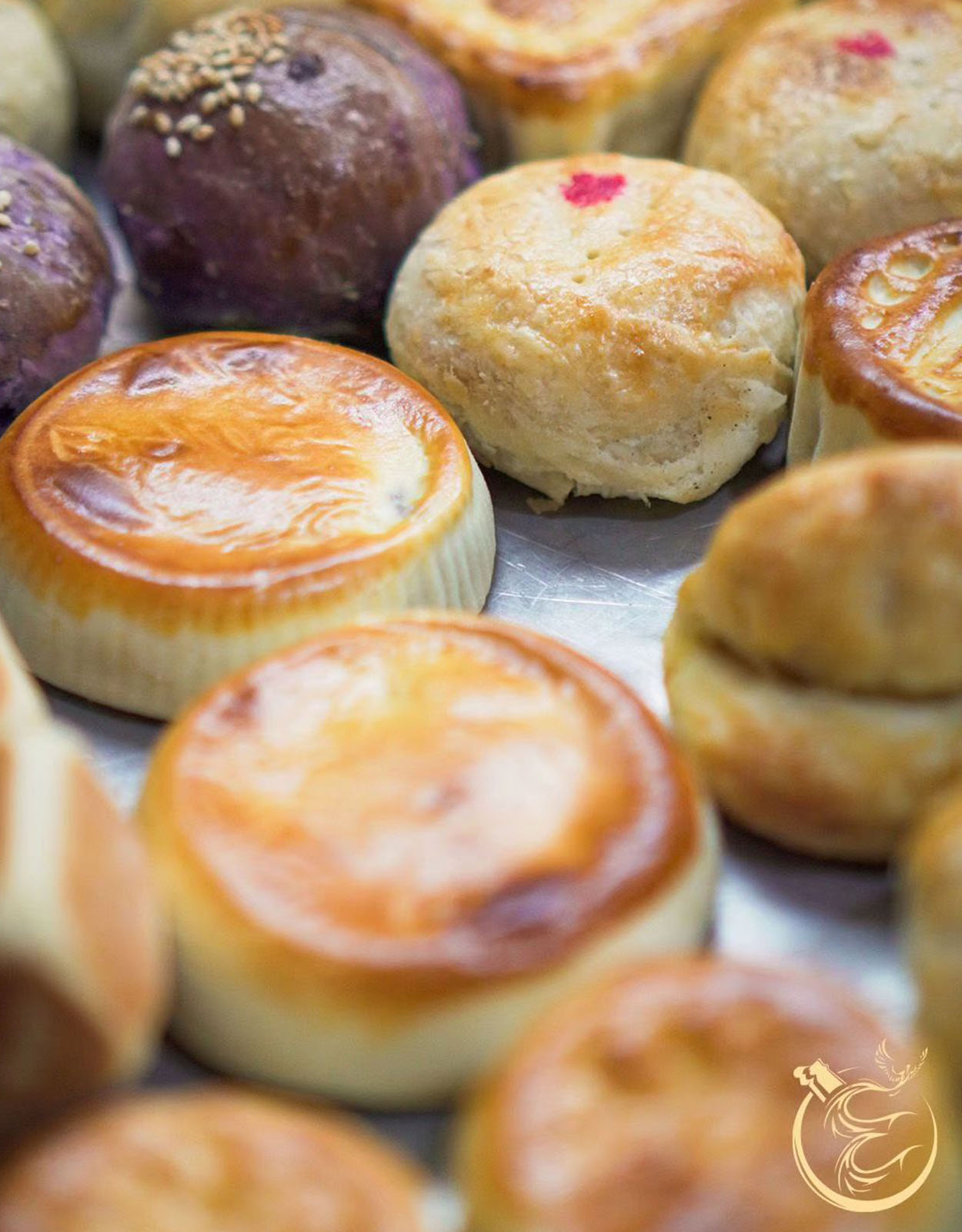
7. Hopia: Good Fortune
Hopia is synonymous with mid-Autumn celebrations and has become a staple here in the Philippines. But did you know that these round, flaky pastries will be making a special appearance this Chinese New Year?
Round and signifying good fortune, hopia is commonly made with a mung bean paste filling. However, many bakeries have started offering different fillings like ube and custard, as well as other creative flavors to cater to a wider audience. That way, you can share good fortune and well-wishes by giving these to your loved ones as gifts!
Order yours from Echague Bakery (@echaguebakery).
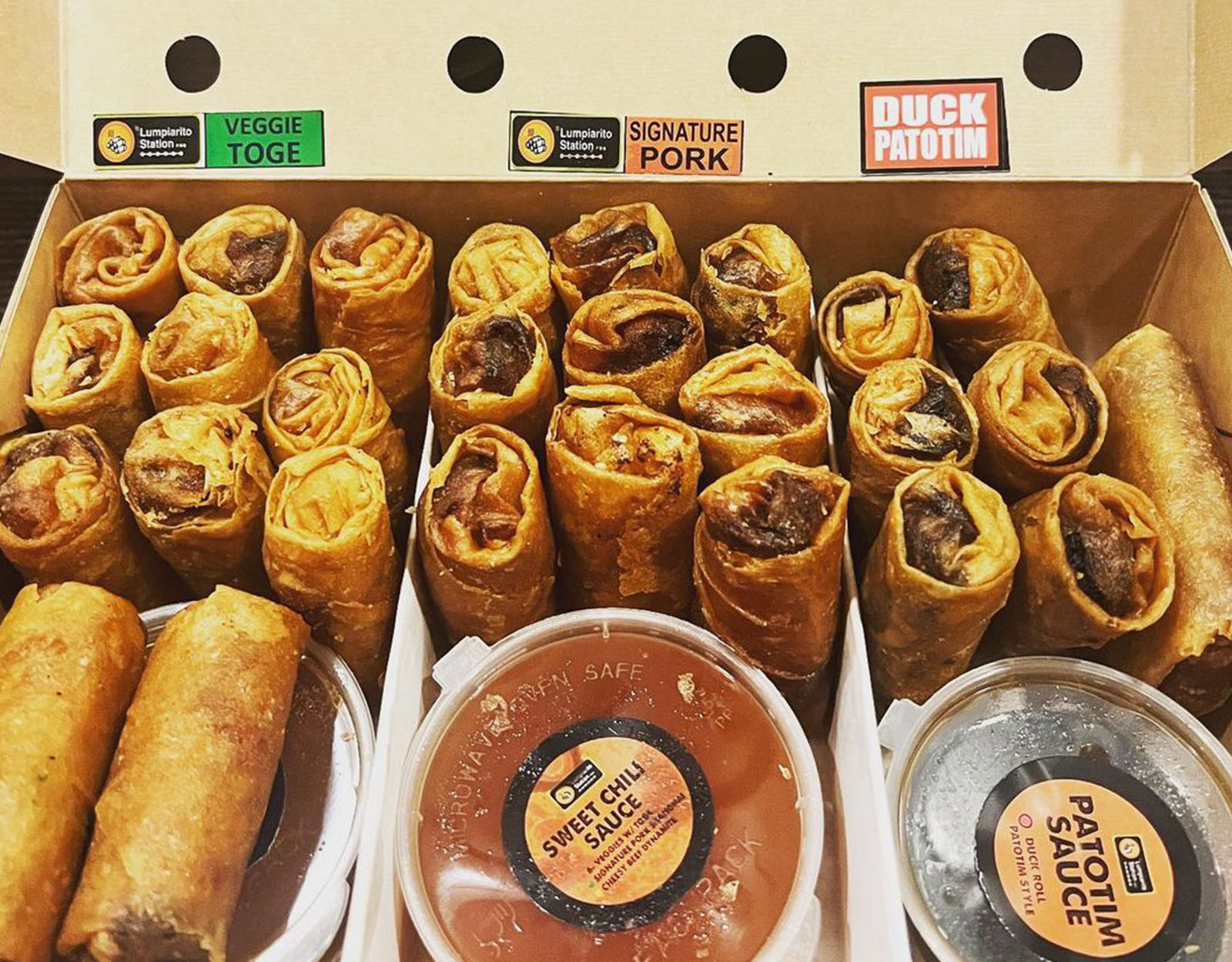
8. Lumpia: Wealth
Crispy, golden brown, and fried to perfection, lumpia is a popular dish at every Filipino party. But before becoming the Pinoy lumpia we know and love, it first started as a delicacy in Fujian, China. These rolls—known as spring rolls—were commonly eaten during the Spring Festival, hence its name. Likewise, their resemblance to gold bars makes them a symbol of wealth in every Chinese New Year feast.
On a side note, some people opt to eat fresh lumpia—made with a medley of finely chopped vegetables, topped with seaweed, peanuts, and wansui (coriander). Why? Because it is believed by Buddhists that eating vegetables can help cleanse your body. But some prefer to indulge in the meaty version, and either option is okay.
Order yours from Lumpiarito Station (IG: @lumpiaritostation).
More about Chinese New Year!
Chinese New Year Traditions Families Follow in the Philippines and Why
LIST: 10 Chinese Restaurants Families Love To Celebrate 2023 Chinese New Year
How Families Can Celebrate Chinese New Year According to Marites Allen
